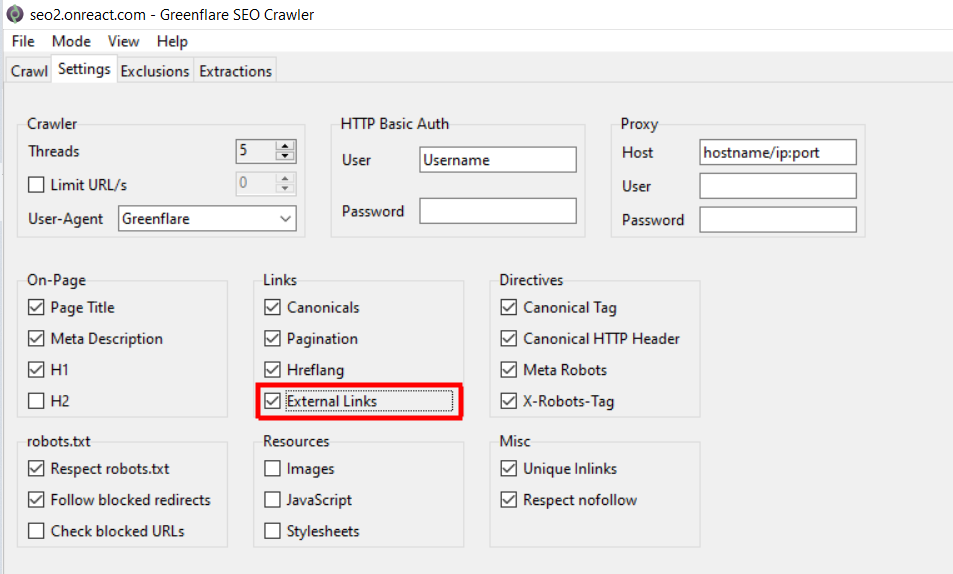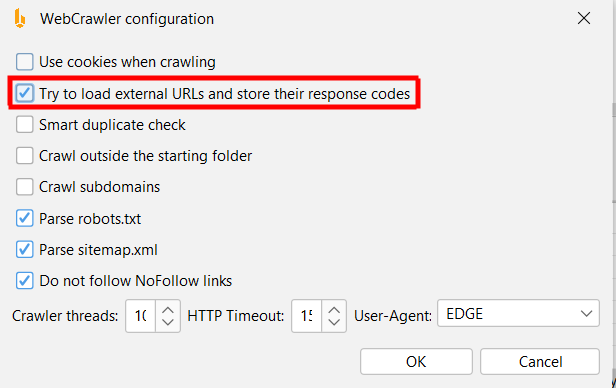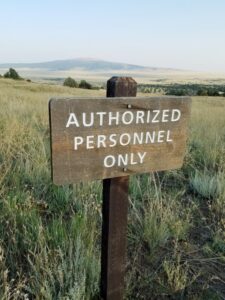
Looking for an easy to implement way to succeed with SEO outreach?
You found it! Look no further.
Try broken link building.
How to build links by broken link building?
Broken link building is a misnomer!
You don’t build broken links! You repair or replace broken links!
How exactly do you do it then?
You simply look up which links are broken on a third party site.
Then you suggest your own resource as a replacement.
You reach out to them and…
Ideally they link to you!
Simple, isn’t it? Yet there is one caveat.
How do you find broken links elsewhere?
You can do it using a so-called SEO Crawler!
How to find broken links on websites you don’t own?
Finding broken, redirected or otherwise faulty links is already hard on your own site.
When you use a CMS like WordPress there are third party tools to install.
What happens when you don’t own the site though?
You have to act like a search engine!
You crawl other sites!
The best way to find broken links on sites you don’t own is to use a so-called SEO crawler.
It allows to check out the site you want a link from: Only then it makes sense to reach out.
One fine day I’ve found the perfect tool to locate broken links on third party sites by accident.
It offered a free plan which was perfectly sufficient to find broken link opportunities to reach out to publishers.
Then I wrote this article.
Sadly the free tool is gone by now.
There are other – mostly paid tools – though.
The most well known are probably:
- Screaming Frog SEO Spider (cross-platform standalone software for download)
- Sitebulb (cloud based online app running in your browser)
- OnCrawl
Screaming Frog has a very limited version for free (only 500 URLs).
All-in-one marketing suites like Semrush or Ubersuggest also offer crawling features. Some of them are free.
Yet there are also quite useful free SEO crawlers out there!
I can somewhat recommend tow of them! They are not perfect yet as free tools made by enthusiasts they are impressive.
The two free SEO crawlers I tested for broken link building were Greenflare and BeamUsUp.
Both tools helped me to locate some broken links I haven’t noticed yet on the seo2.blog
What is broken link outreach and how does it work?
Now let’s take a step back.
What is broken link outreach or broken link building as some call it?
Aren’t we meant to build links that are not broken? Yes, indeed.
Links break though and website owners and especially bloggers are often unaware of them.
How do we create a win/win situation for all parties involved?
We build links and we replace broken links at once!
This approach benefits both of us – the link builders and publishers – we approach to get a link.
It’s also great for searchers and search engines!
Most sites have broken outbound links that is dead links pointing to third party sites they do not control.
Third party sites often change or disappear. How?
- Some break inadvertently.
- Some links get removed on purpose.
- Some links get redirected.
That’s a real problem because bloggers often do not notice that the link is broken in the first place.
Even once you do know a link is broken it takes effort to find a resource to replace it!
As a blogger you need time for research to find a similar site or resource.
In many cases such a link will be fixed in a quick and dirty way.
Bloggers are forced to “unlink” so that it disappears altogether.
Yet most bloggers do not engage in such high level research on existing content!
As a helpful SEO you can simply use the SEO crawler of your choice and help bloggers.
Then help those who can’t do it themselves. Simply check the third party site you want a link from with it!
Choosing the site you want a link from
You have to find some sites first that you want to get linked from.
Ideally you search for [“your topic” + blog] and check out which blogs look good that is
- have a clean readable design
- have high quality current content
- get a decent amount of engagement
- get shared on social media frequently
- get referenced on other blogs/sites
Of course you can look up their backlink profile on a tool like Link Explorer. Yet don’t consider SEO metrics first.
The “domain authority” can be still high even though the site is silent for years.
You need a good overall impression to make sure the blog is not solely built for search engines but has a real audience.
In case you are after organic links you need to find sites where they really grow organically.
Locating the broken link
In order to find a broken link on a site you need to enter the website address using a SEO crawler.
Sometimes you can or have to set up a “new project” on such a tool first.
That’s a very easy process that only requires you to fill in a simple form.
After you type in the website address you want to get a link from and thus find a broken link first you wait while the crawl goes on.
I wanted to find out whether it the technique works universally even with pretty new sites. It does as you will see below.
Make sure to check external links.
In case you forget an SEO crawler will often only test internal links.


Links that are broken usually show a 4xx error message or page.
The most common broken link sign is the 404 “page not found” error.
Most SEO crawlers let you sort links by response code.
A “200” response means the link is fine and the page is there.
Sometimes server errors with 5xx numbers also appear but then the whole site is usually down!
Also note that it’s better to limit the number of pages to crawl in this case.
Some sites do not even have that many but you want to make sure to stay polite.
SEO crawlers can even cause serious issues on a third party website! That’s rude!
Do not crawl thousands of URLs on a site you do not own! Why?
It may result in a heavy load on the server the site is hosted on.
SEO crawler tools often limit the number of pages crawled for free.
200 – 1000 crawled pages should be perfectly enough to find a broken link in most cases though.
In my case I’ve found a broken link right away after I have selected the URL.
It was a wonderful editorial link inside the post itself with a rich anchor text saying “content marketing” on top of that.
Sending the outreach message
Now you want to make sure to have a good resource matching the link that is broken.
In our case it would be a resource on content marketing.
Write a friendly, on point and personalized outreach email.
I have published an outreach example to show how it’s done in detail.
Also send the message when the person you want to contact is actually online.
When they share vacation photos on their social profiles you’d rather wait.
More broken link building resources elsewhere:
- Find Broken Links, Redirects & Site Crawl Tool
- Check for broken links on your website and get automated reports








